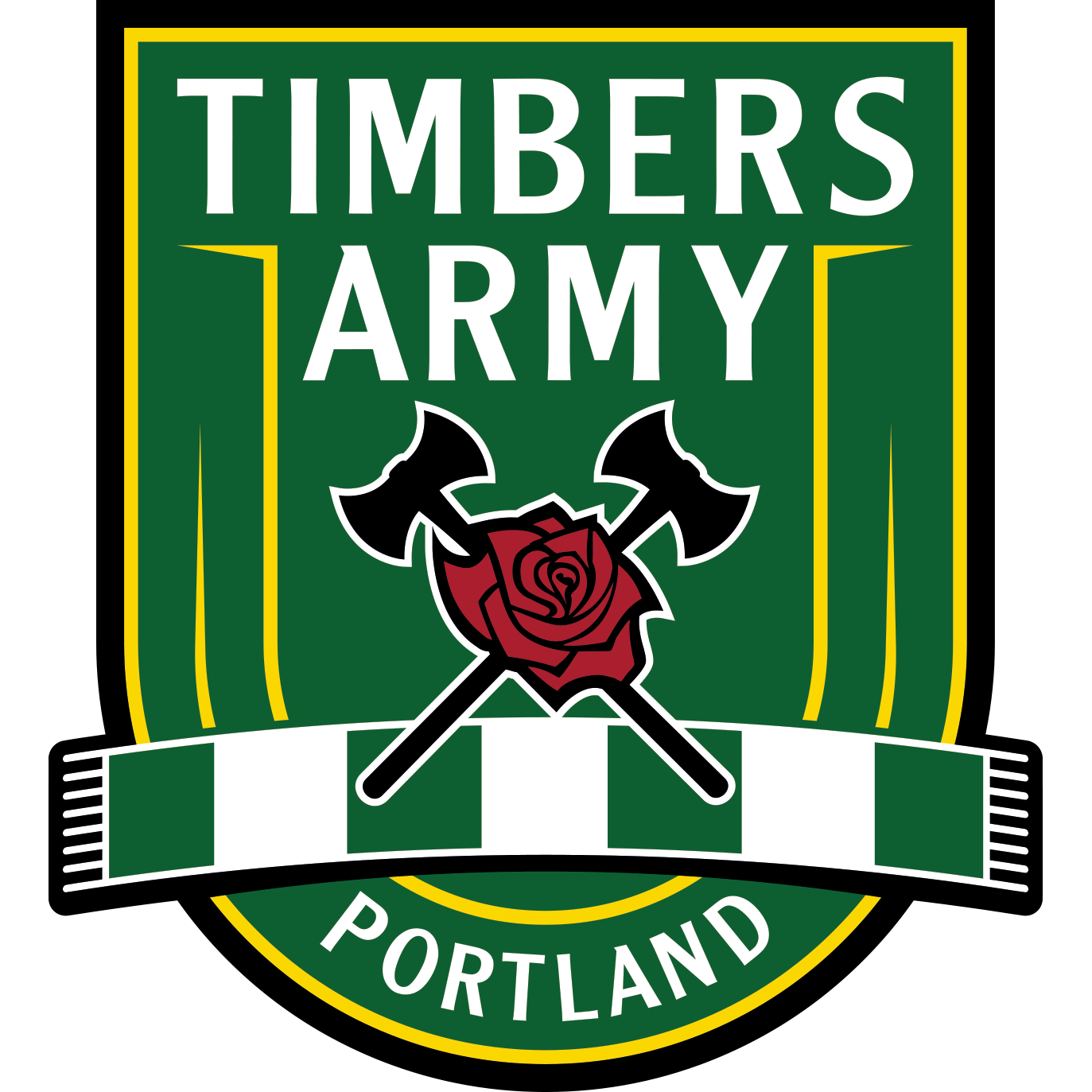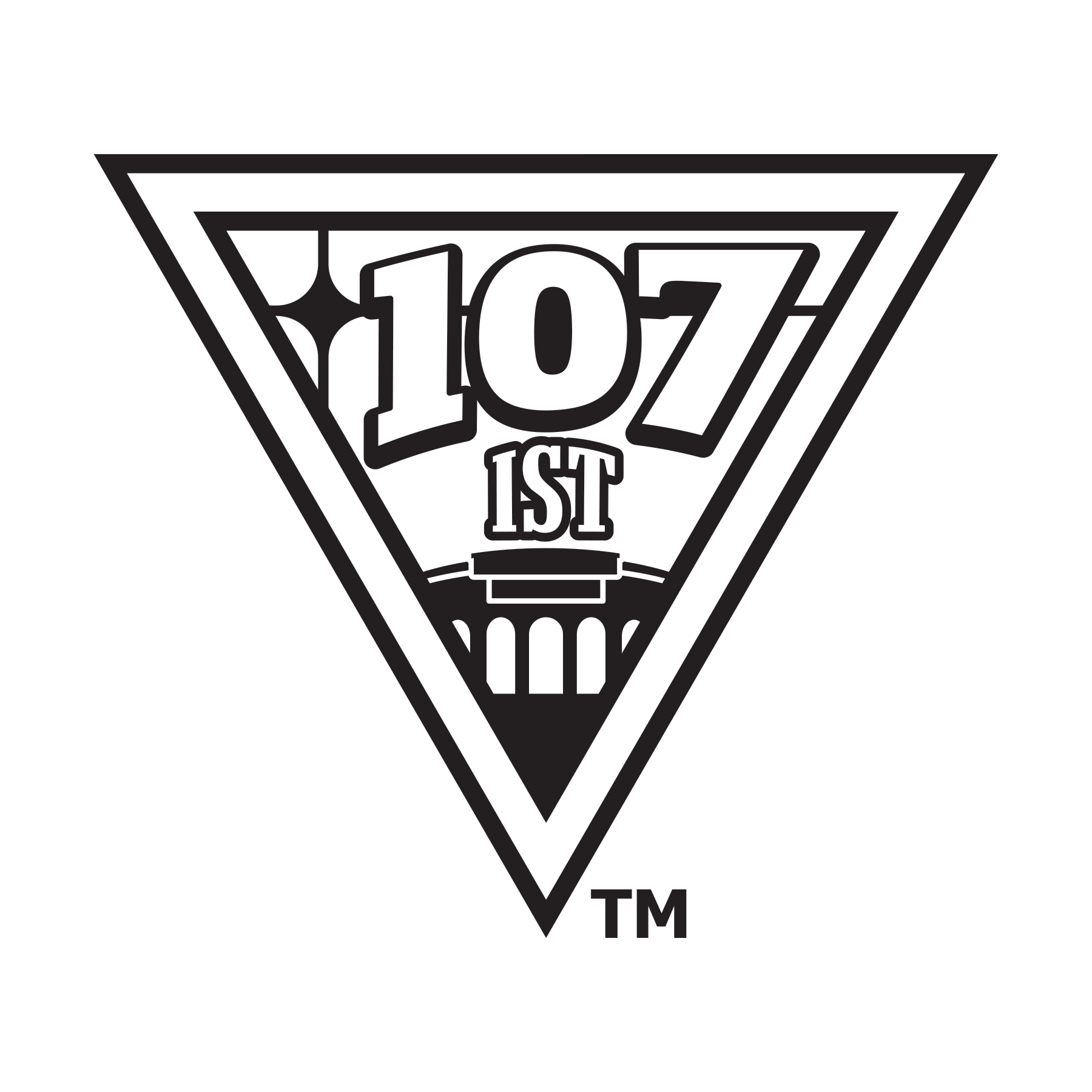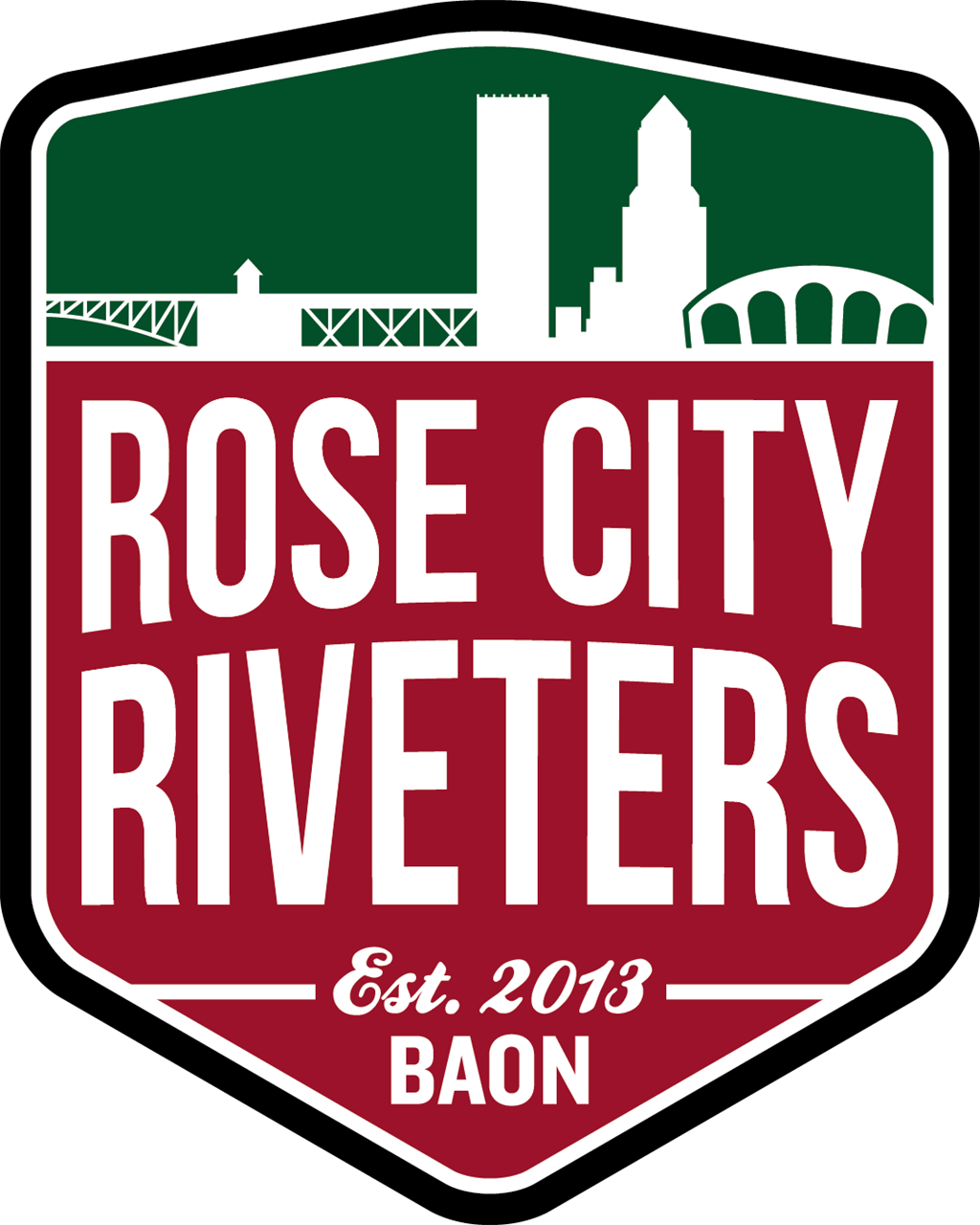A statement on behalf of the 107IST Board of Directors
First of all, we would like to acknowledge our respect for the stance MLS has taken against racism, homophobia, xenophobia, and sexism in the newly released Fan Code of Conduct. Our hope is that this represents more than lip service to FIFA’s Code of Conduct and Human Rights Policy. These are issues that need to be taken seriously, as global football has been plagued with their perpetuation. The 107IST’s long-standing stance against intolerance is well documented, and is something we gratefully share with our front office. In fact, there are numerous examples over the years of relationships that we have built in our community that have been adopted and grown through our teams’ Stand Together program.
A large part of the work we do in our community is using soccer as a tool to inspire confidence and hope, especially with at-risk youth. As we build relationships with organizations working directly with our neighbors who are most susceptible to the above acts of hate, we need to be able to help them meet their needs. More and more, those are based on fears within their populations.
We have strong reservations about the simple inclusion of the word “political” in the Code of Conduct without greater clarification. As a supporters group, we have always abstained from party politics, have never endorsed a candidate for office, and have yet to endorse or oppose any specific ballot measures. That said, some of our messaging and actions related to human rights have been characterized myopically as “political.” We have always maintained that human rights are not political, and yet, we actively participate in activities that can be potentially construed as political depending on what definition is used.
Supporters culture goes well beyond the boundaries of our domestic leagues. We have always aligned with other supporters groups throughout the world that stand against hate and intolerance. We are fortunate that the hatred and violence in many foreign leagues is not a part of the game here to nearly the same extent, and that we and many other local supporters groups strive to create a welcoming environment to all members of our communities. By no means does this mean that our communities here are immune to similar sentiments, but we have a real potential to be a beacon of hope — not only to our neighbors, but to players wanting to relocate from those environments in favor of ones that espouse an ethos rooted in the honoring of the fundamental human rights of all people.
As the impact of the refugee crisis of the last couple years spread through the West, many like-minded supporters groups created displays reading, “Refugees Welcome” — and we were no exception. Some front offices took issue with this stance, refusing entry and/or removing the banners. It’s worth noting that more than hanging a banner, we took the opportunity to grow our relationship with organizations working in the community with refugees. Our closest relationship in this regard is with Immigrant & Refugee Community Organization (IRCO), who we worked with to donate more than ten thousand dollars worth of supplies for welcome baskets, worked to get soccer gear and playing time for youth with a partner futsal facility, and had members volunteering to help kids with their schoolwork. Later, when FC St Pauli (a group that shares our ethos) visited this last year for a friendly match, we worked with our front office to donate the match proceeds to IRCO and brought a bunch of the kids out for the event. Good times.
Because members of our Latinx community have been targeted, we hung a banner reading, “Hoy Por Ti Mañana Por Mi.” At the same time, we gathered thousands of pounds of beans, rice, and cooking oil to be the backbone of a food donation to migrant farmworker families, provided space and volunteers to sort pallets of coats for those who decided to grow roots in our area, and donated hundreds of soccer balls and equipment to the children in these families.
As we’ve seen incidents of hate grow again in our community in recent years, we not only Show Racism the Red Card, we’re actively involved in Portland United Against Hate (PUAH), a coalition of now 67 community-facing organizations committed to providing resources and trainings, tracking incidents, working in unison with local government, and coordinating a rapid response to incidents through the organizations best equipped to respond within any targeted community.
Our Pride displays are always something we put a lot of energy into, and you’ll never miss the Pride flags as a ubiquitous expression of our support and acceptance of our LGBTQ+ community members. At the same time, we raise thousands of dollars every year for programs working with homeless youth that identify as LGBTQ+. Unfortunately, we’ve seen a large rise in attacks against this population in our city in recent weeks, have been an active part of the PUAH response, and are currently working on other ways of addressing this urgent, life-threatening issue.
These are all just a few examples of the political engagement necessary to address intolerance as we work together as a community, as a city, as we do what we call, Spread the Love. We continually choose to avail ourselves in this regard because it is an integral part of who we are as a group. Within FIFA’s Human Rights Policy, we feel these actions puts us in the category of “human rights defenders.” We recommend that MLS expand the wording of the MLS Code of Conduct to reflect Section 2 of FIFA’s Human Rights Policy to include indigenous peoples; national, ethnic, religious and linguistic minorities; children; disabled people; and migrant workers and their families. Likewise, we hope that the identified risks of Discrimination and Security outlined in Section 5 can be a more transparent part of MLS procedures. Pursuant to Pillar III of FIFA’s Human Rights Approach, we hope that MLS will protect other human rights defenders and engage with a “wide range of stakeholders, including potentially affected groups and individuals and their legitimate representatives, on a regular basis” in the spirit of Pillar IV.
Lastly, we would like to clarify our use of an Iron Front banner, which has been described as being political in nature when it, in fact, is a symbol for all of the above. A little history: The Iron Front was formed in pre-WWII Germany in response to the growing abuses and subjugation of fellow community members, specifically from the rising Nazi Party. The three arrows represent the group’s resistance to a return to monarchy, the pull toward communism, and above all, the rise of fascism in favor of the established constitutional, representative democracy that afforded the opportunity to work together for the betterment of all. They worked to bring other groups together in defense of their neighbors, but were ultimately disbanded by the Nazis as a described paramilitary group literally fighting for the lives of their neighbors as hope was being lost. Many were murdered. Others were sent to concentration camps. Some that made it through this time became members of the resistance. After the war, some were able to work toward ensuring that the truth was told in order to keep these acts from repeating. The three arrows of the Iron Front is still a symbol of this continual effort. Partially designed originally to be used as graffiti to cover symbols like the swastika, current experts on the subject of combating hate know that it’s not as effective to cover hate graffiti with paint as it is to hide it with a message of love, hope, acceptance, and togetherness. This is what the three arrows of the Iron Front mean today.
The three arrow symbol of the Iron Front is used by many of the like-minded supporters groups throughout the world that share our ethos, and has been for decades. Domestically, it gained prominence in response to the growth of hate groups in the 1980s and '90s as a rallying cry for organizations, local governments, and businesses to come together to combat these groups. Here locally, the police refused to acknowledge the existence of hate groups until a critical mass had been established to combat them, which has included our citizens, civic leaders, and businesses. Our ethos against intolerance was born out of this struggle, and we maintain the importance of continuing to recognize the existence of hate in our communities as well as the need to work together to address it. In keeping with the distinction between politics and human rights, this symbol falls squarely into the latter.
We look forward to continuing a dialog on all of this as the MLS Code of Conduct and other coordinated efforts between the league, its front office, and supporters move toward what could be a truly unique model for other leagues to follow.


